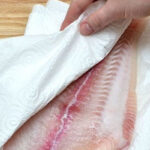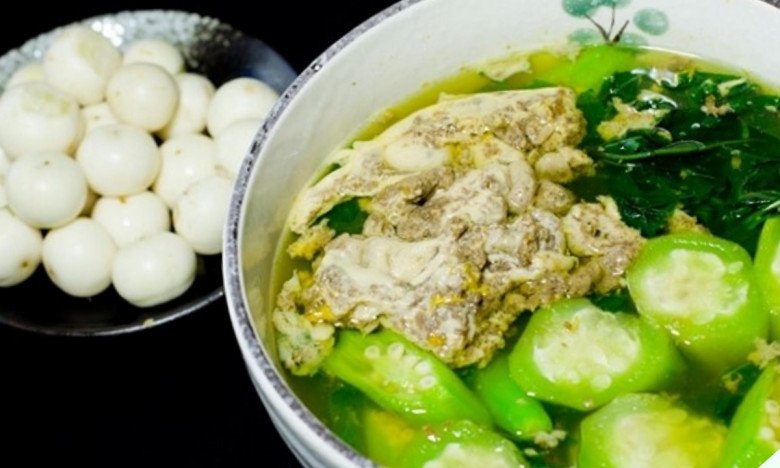
People around me often complain that they’ve tried everything but still can’t seem to make a perfect bowl of crab soup. In my experience, cooking crab soup is easy, but making it taste delicious is not so simple.
After numerous failures and countless successes, I’ve learned that paying attention to three key factors is essential: choosing the right crabs, adding salt, and controlling the temperature.
1. Choosing Crabs
Experienced home cooks know that selecting the right ingredients is crucial. To make a delicious bowl of crab soup, the crabs must be fresh and meaty. When buying crabs, I look for the following characteristics:
– I choose large, plump crabs as they tend to have more meat and roe. I avoid buying crabs in the middle of the month, as they tend to be skinnier and less flavorful. The best time to enjoy crab soup is at the beginning and end of the lunar month.
– Fresh and tasty crab will have a vibrant color and a shiny appearance. When you touch it, you should feel a sense of firmness.

– While some people believe that male crabs have more meat, I’ve found that female crabs tend to have more flavorful and firmer meat, as well as more roe. So, I usually choose female crabs that are neither too big nor too small.
One thing to note is that it’s best to avoid buying small, immature crabs. These tend to have a stronger, more unpleasant smell when cooked.
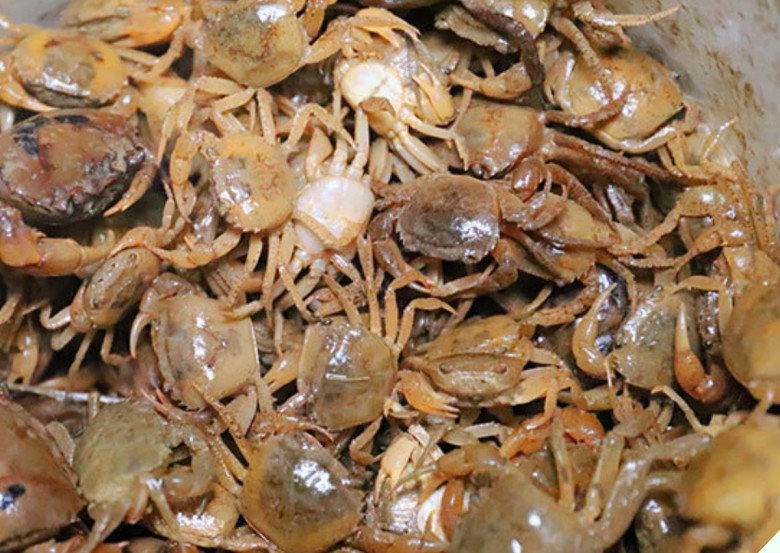
– A little trick I use when buying crabs is to observe their mouths. Crabs with a lot of foam around their mouths tend to be fresher and more delicious. Additionally, check that the crabs are moving actively and have all their legs and claws intact.
2. Adding Salt
After many failed attempts, I discovered that salt is the secret ingredient to creating beautifully set crab meat.
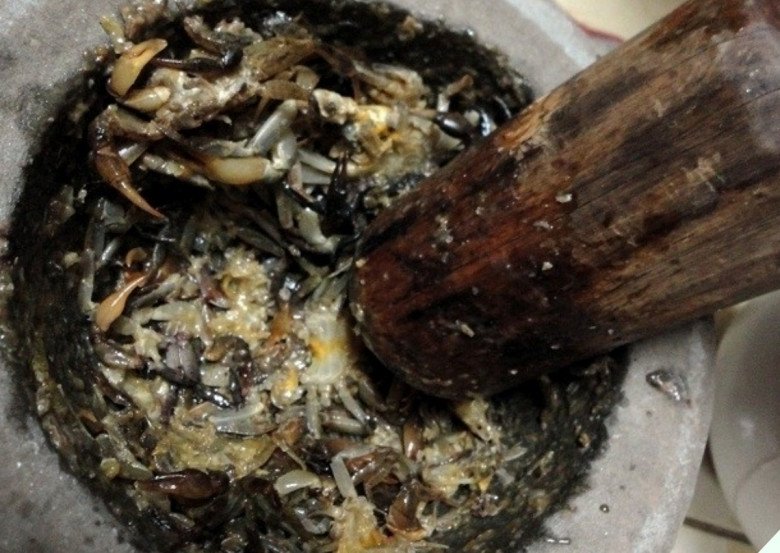
When grinding or pounding the crab, I add a few grains of salt. This helps the proteins in the crab meat bond together optimally. As a result, the meat sets into a solid chunk when cooked, instead of falling apart.
3. Temperature Control
Temperature plays a crucial role in cooking, and it’s no different when making crab soup. To create a delicious and visually appealing bowl, you must know how to adjust the heat accordingly.
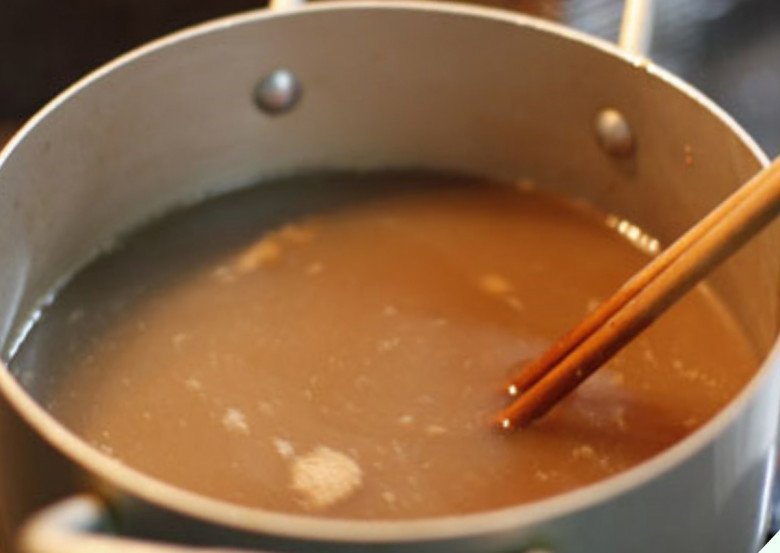
When first boiling the crab broth, I set the heat to high and stir continuously. This helps distribute the crab meat evenly and prevents it from settling at the bottom of the pot.
As the broth starts to heat up, I turn down the heat to low. This is the crucial moment when the crab meat begins to bind together, forming solid chunks. This step is key to achieving thick and beautifully set crab meat.

At this stage, it’s important not to turn up the heat, as it can cause the soup to bubble over and the crab meat to spill out. Once you see that the crab meat has set, use a spoon to scoop it into a separate bowl.
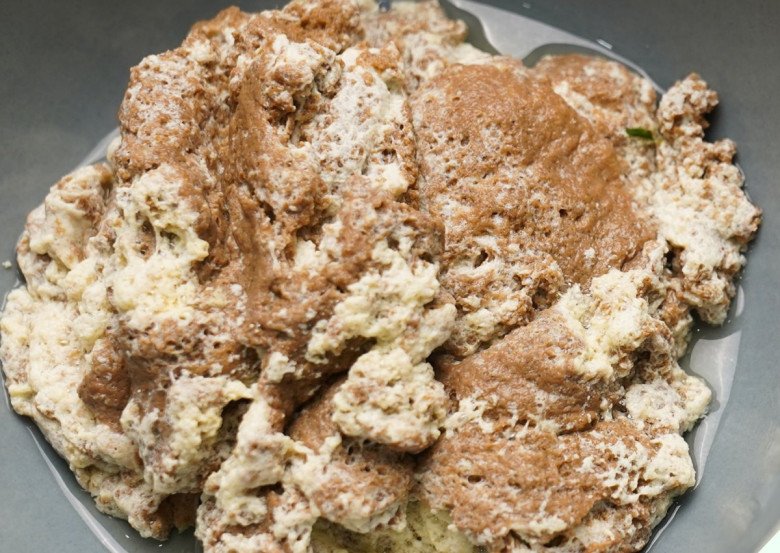
Now, add your choice of vegetables, such as spinach, melon, or other ingredients. Once the vegetables are almost cooked, return the crab meat to the pot, bring it to a boil, and then serve it in a bowl. Remember to place the crab meat on top for a visually appealing presentation.
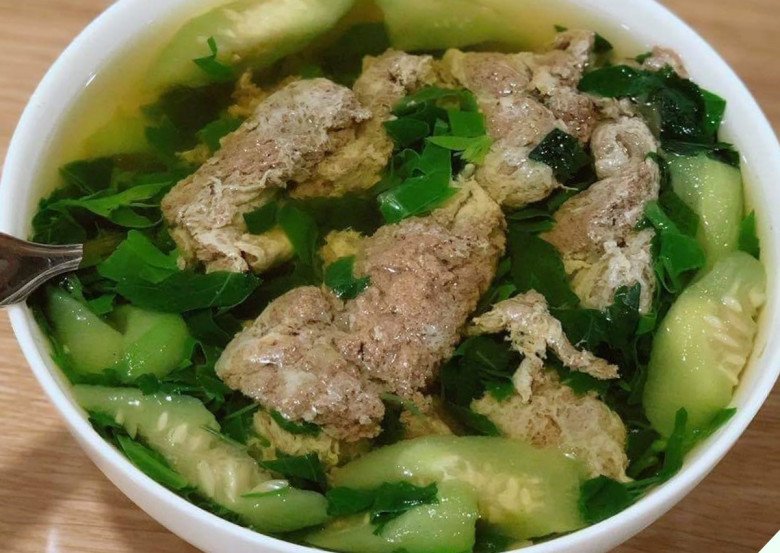
I usually cook crab soup with vegetables like spinach, melon leaves, or bottle gourd. During the summer, there’s nothing better than a refreshing bowl of crab soup served with crispy pickled chilies. It’s so delicious that you’ll finish a whole bowl of rice in no time!





























